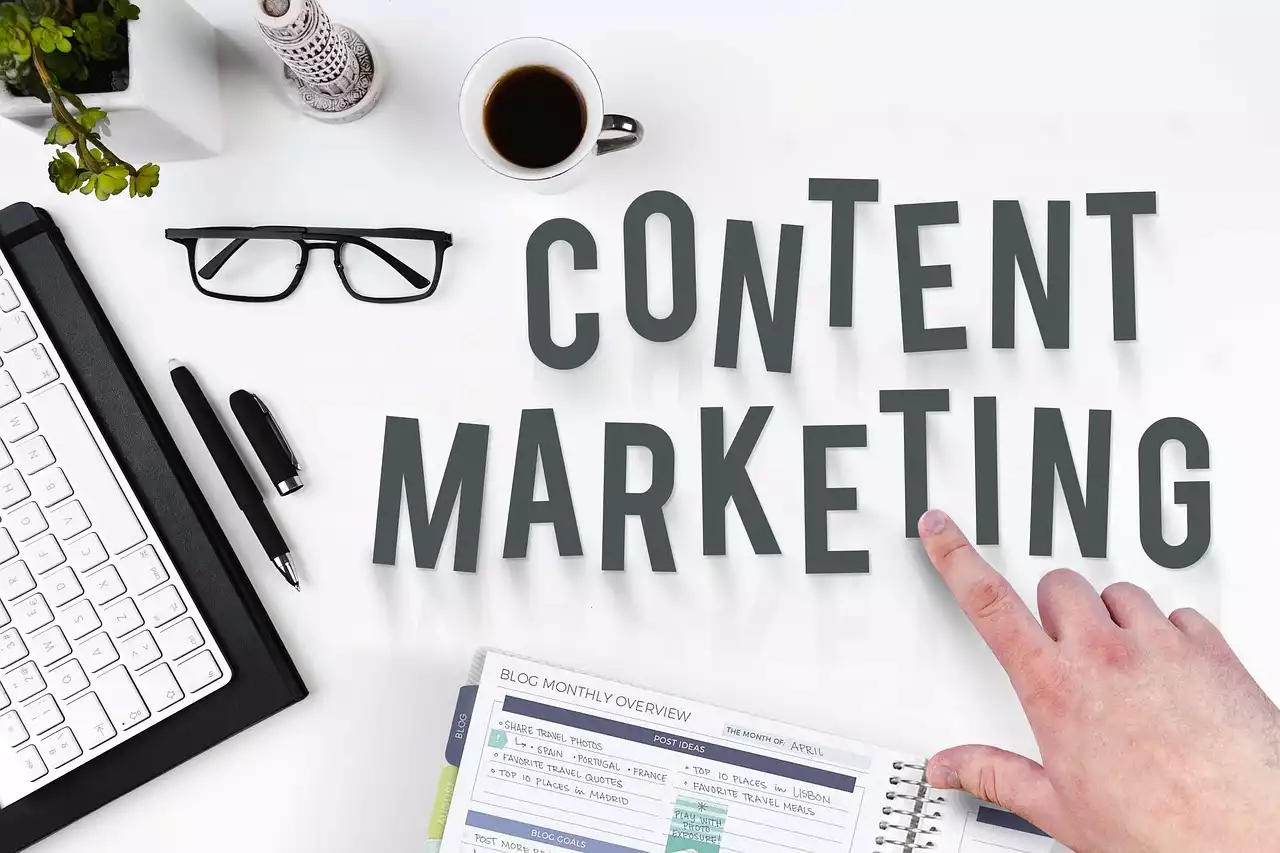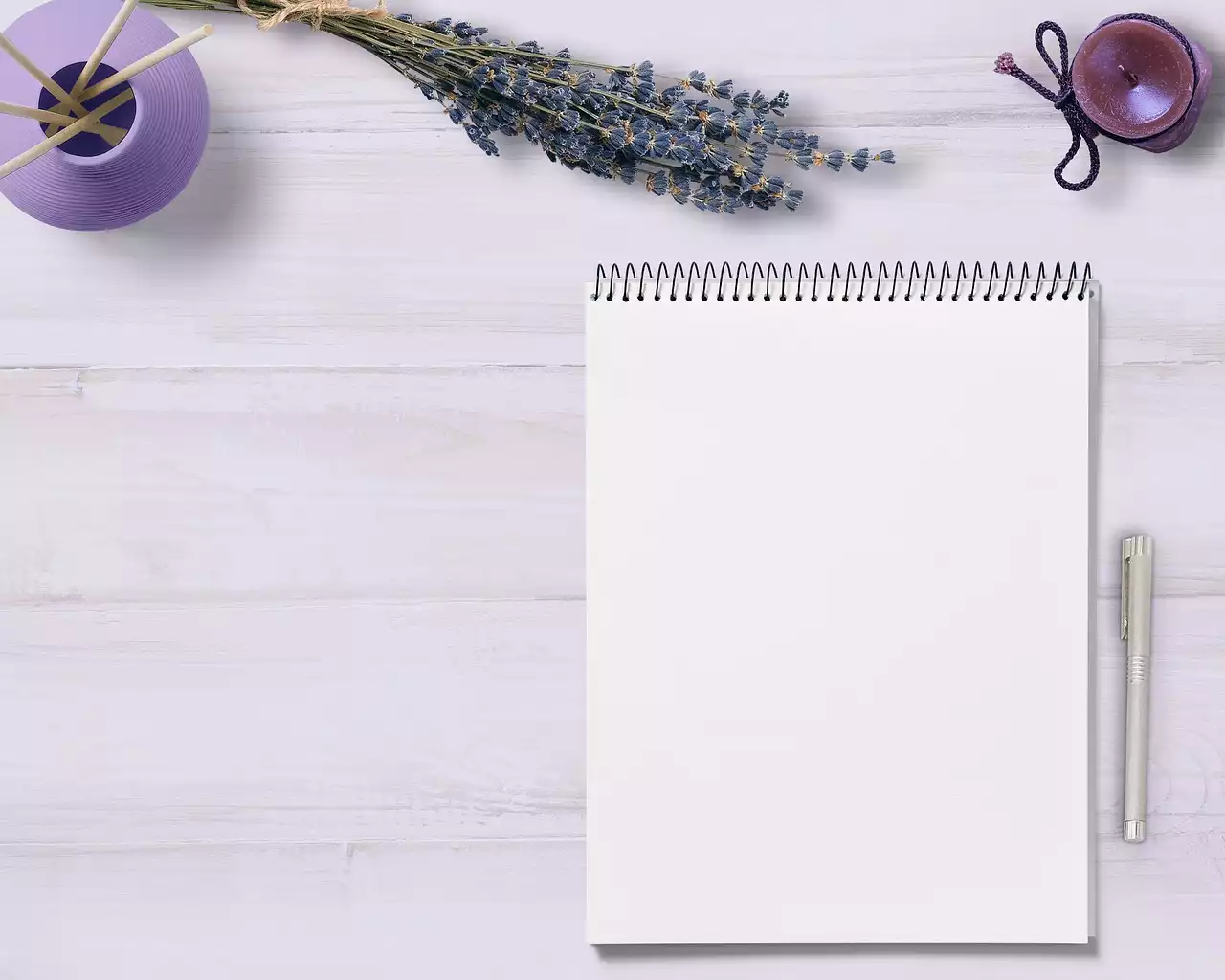Understanding your audience and their needs
The first step in creating high-quality content is understanding your audience and what they're looking for. You can't create content that resonates with your audience if you don't know who they are or what they need.
To understand your audience, start by creating buyer personas. A buyer persona is a fictional representation of your ideal customer. It includes information such as their demographics, interests, pain points, and goals. Once you have a clear idea of who your audience is, you can tailor your content to their needs.
Another way to understand your audience is by conducting keyword research. Keyword research helps you identify the words and phrases your target audience is searching for. It can also give you insights into the topics they're interested in and the questions they're asking. Use these insights to create content that addresses their needs and provides value.
Finally, don't forget to listen to your audience. Monitor social media channels, read comments on your blog posts, and engage with your followers. Pay attention to the questions they're asking and the feedback they're giving. This can help you create content that's more relevant and useful to them.
Conducting research and finding inspiration
Creating high-quality content requires a lot of research and planning. You can't just sit down and start writing without a clear idea of what you want to say and how you want to say it.
Start by conducting research on your topic. Read articles, watch videos, and listen to podcasts related to your subject matter. Take notes on the key points and ideas you want to include in your content.
Next, find inspiration from other sources. Look at what your competitors are doing and how they're creating content. What are they doing well, and what can you do better? Look outside of your industry for inspiration as well. What are the latest trends in content marketing, and how can you incorporate them into your content?
Finally, brainstorm ideas for your content. Use the research and inspiration you've gathered to come up with unique and interesting angles on your topic. Don't be afraid to take risks and try something new. The best content is often the most creative and original.
The importance of planning and organization
Before you start writing, it's important to have a plan in place. This includes outlining your content, creating a timeline, and setting goals for your content.
Start by creating an outline for your content. This will help you organize your thoughts and ideas and ensure that your content flows logically. Your outline should include a clear introduction, main points, and a conclusion.
Next, create a timeline for your content. Determine when you want to publish your content and work backwards to set deadlines for research, writing, and editing. This will help you stay on track and ensure that you're not rushing to meet a deadline.
Finally, set goals for your content. What do you want to achieve with your content? Are you looking to increase traffic to your website, generate leads, or establish yourself as a thought leader in your industry? Setting goals will help you measure the success of your content and make improvements over time.
Tips for writing attention-grabbing headlines
Your headline is the first thing your audience sees, and it can make or break the success of your content. A good headline should be attention-grabbing, informative, and relevant to your content. Here are some tips for writing effective headlines:
- Use numbers and statistics: Headlines that include numbers and statistics tend to perform better than those that don't. For example, "10 Tips for Writing Attention-Grabbing Headlines" is more effective than "Tips for Writing Attention-Grabbing Headlines."
- Use power words: Power words are words that evoke emotion and grab the reader's attention. Examples include "amazing," "proven," and "secret."
- Use questions: Headlines that ask a question are more likely to grab the reader's attention. For example, "Are You Making These Common Writing Mistakes?" is more effective than "Common Writing Mistakes to Avoid."
- Keep it short and sweet: Headlines should be short and to the point. Aim for no more than 10 words.
Remember, your headline should accurately reflect the content of your article. Don't use clickbait tactics or make promises you can't keep.
The power of storytelling in content creation
Humans are wired to respond to stories. Stories can help you connect with your audience on a deeper level and make your content more memorable. Here are some tips for incorporating storytelling into your content:
- Start with a hook: Your introduction should grab the reader's attention and make them want to keep reading. Tell a story, ask a question, or use a surprising fact to hook your reader.
- Use anecdotes: Anecdotes are short, personal stories that can help illustrate your point. Use anecdotes to make your content more relatable and engaging.
- Use visuals: Visuals such as images and videos can help bring your story to life. Use visuals to help your audience visualize your story and make it more memorable.
- End with a call to action: Your story should have a clear purpose and end with a call to action. What do you want your audience to do after reading your story?
Remember, your story should be relevant to your topic and provide value to your audience. Don't tell a story just for the sake of telling a story.
Tips for writing clear and concise content
Clear and concise content is essential for engaging your audience and communicating your message effectively. Here are some tips for writing clear and concise content:
- Use simple language: Use simple, easy-to-understand language that your audience can relate to. Avoid jargon and technical terms.
- Break up your content: Use short paragraphs, subheadings, and bullet points to break up your content and make it easier to read.
- Get to the point: Don't beat around the bush. Get to the point and make your message clear.
- Use active voice: Active voice is more engaging and easier to read than passive voice. For example, "I wrote the article" is more engaging than "The article was written by me."
Remember, your content should be focused on providing value to your audience. Don't sacrifice clarity for the sake of being concise.
Adding visual elements to enhance your content
Visual elements such as images, videos, and infographics can help enhance your content and make it more engaging. Here are some tips for incorporating visual elements into your content:
- Use high-quality images: Use high-quality images that are relevant to your content. Avoid using stock photos that are overused or irrelevant.
- Use videos: Videos can help bring your content to life and make it more engaging. Use videos to demonstrate a process or provide additional information.
- Use infographics: Infographics can help simplify complex information and make it more digestible. Use infographics to illustrate statistics or data.
Remember, visual elements should be used to enhance your content, not distract from it. Don't use visual elements just for the sake of using them.
Editing and proofreading for a polished final product
Editing and proofreading are essential for ensuring that your content is error-free and polished. Here are some tips for editing and proofreading your content:
- Take a break: Take a break after writing your content to give your brain a rest. This will help you approach your content with fresh eyes.
- Use a checklist: Use a checklist to ensure that you're checking for all the necessary elements, such as grammar, spelling, and punctuation.
- Read out loud: Reading your content out loud can help you catch errors and ensure that your content flows smoothly.
- Get a second opinion: Get someone else to read your content and provide feedback. A fresh set of eyes can help catch errors and provide a different perspective.
Remember, editing and proofreading are essential for ensuring that your content is professional and error-free.
Measuring success and improving your content over time
Measuring the success of your content is essential for making improvements over time. Here are some metrics you should be tracking:
- Traffic: How much traffic is your content generating? Are you seeing an increase in traffic over time?
- Engagement: How much engagement is your content generating? Are people commenting, sharing, and liking your content?
- Conversions: Are people taking the desired action after reading your content? For example, are they signing up for your newsletter or making a purchase?
Use these metrics to make improvements to your content over time. Look at what's working and what's not working and make changes accordingly.










